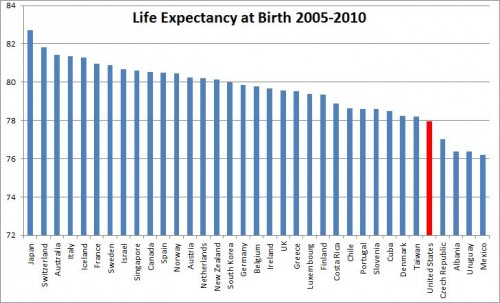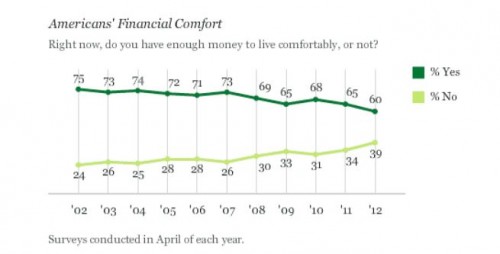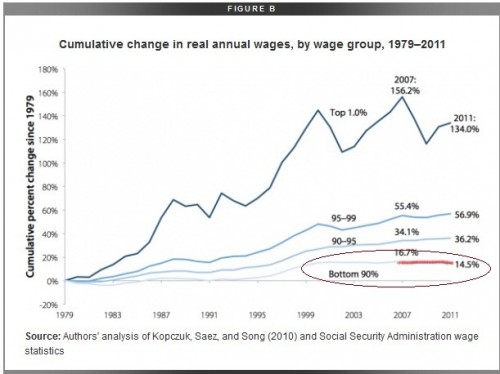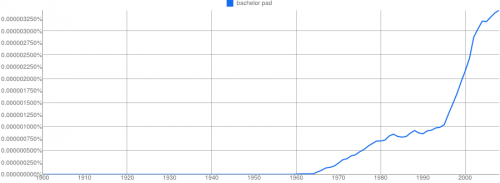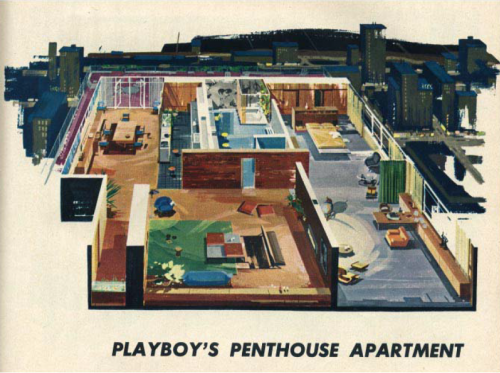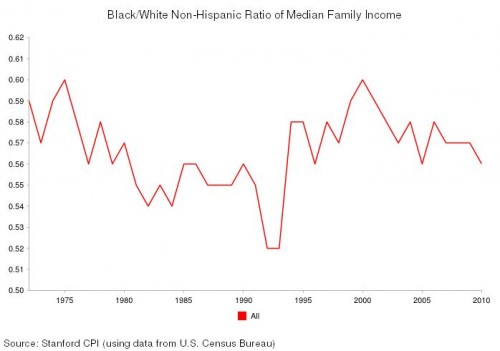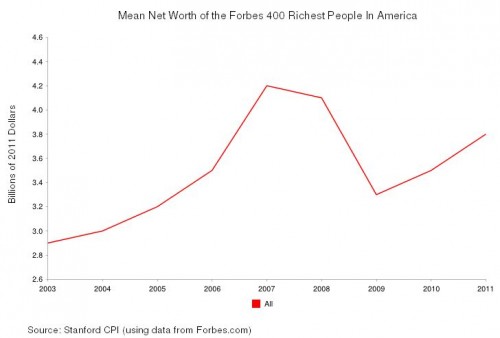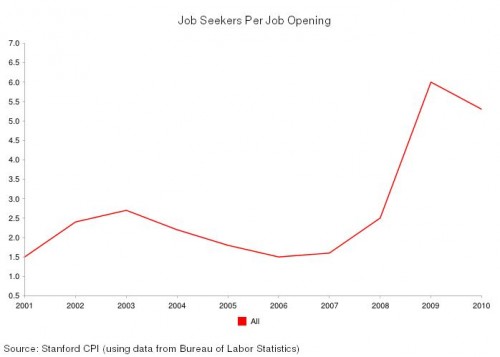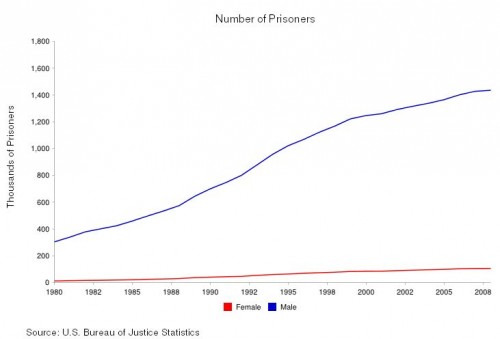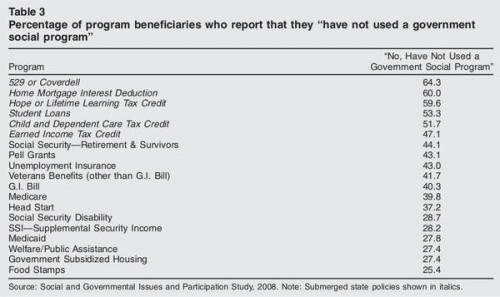Cross-posted at Montclair Socioblog.
We got another reminder last week that despite complaints about federal government programs that give money to the poor, when it comes to taxes, the government is much more generous to the wealthy. The news came from a report from the Congressional Budget Office on tax expenditures.
These are the ways that the government uses the tax system to give money to people. Some expenditures are tax credits, which can take the form of cash payments. Others are tax breaks — taxing people less than the going rate. For example, if I am in the 35% tax bracket, but the government charges me only 15% on the $100,000 I made playing the stock market, the government is giving me $20,000 it could otherwise have had me pay in taxes. That’s an expense. The preferential rate for my luck in the market costs the government $20,000.
The justification for these expenditures is that they are a way the government can encourage people to do something that it wants them to do. With tax breaks, the government is basically paying people by not charging them full tax fare — encouraging them to buy a house or give to charity or get health insurance at their work. Similarly with the tax credits that go mostly to the poor. We want people to hold a job and to care for their kids. The child tax credit gives people more money to care for their children. The Earned Income Tax Credit pays them for working, even at jobs that pay very little. By the same logic, the government is paying me to invest my money in companies — or put another way, to play the stock market.
This government largesse, however, benefits some people more than others:
About half of all tax expenditures go to the top quintile (top 20% of income earners). The bottom 80% of earners divide the other half. And within that richest quintile, the top 1% receive 15% of all tax expenditures (this distribution of tax breaks roughly parallels the distribution of income). Were you really expecting Sherwood Forest?
Here is a breakdown of the costs of these different tax expenditures:
The Earned Income Tax Credit, which benefits mostly the poor, costs less than $40B. The tab for the low tax on investment income (capital gains and dividends) is more than twice that, and nearly all of that goes to the top quintile. More than two-thirds goes to the richest 1%.
Dylan Matthews at the Washington Post WonkBlog regraphed the numbers to show the total amounts overall plus the amounts in each category for each income group:
The point? People complain about government payments to the poor, but tax breaks are also payments, though less obviously so, to the rich. And those tax breaks cost the government a lot more money.
Jay Livingston is the chair of the Sociology Department at Montclair State University. You can follow him at Montclair SocioBlog or on Twitter.








